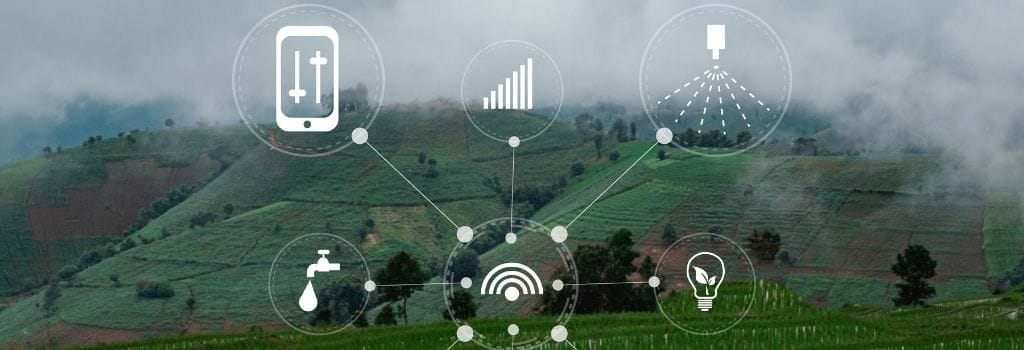Eagle-Lanner tech blog
- 詳細內容
- 作者 Wendy Clark
With rising requirements for ultra-high-speed mobile networking coming in parallel with the auspicious 5G cellular networks, the operators, in order to react to this growth, have to adapt their infrastructures to the explosive increase in traffic by users, connected devices, mobile broadband and other networked services. How to modify the existing Radio Access Network (RAN) infrastructures to enable new serviceability and a simplified deployment approach is exactly the trial for these operators. This will cost them dearly as deployment and management of distributed base stations would become more complex. C-RAN (Cloud-RAN), or Centralized-RAN, is hence introduced and anticipated as the optimal solution. It can realize RAN advantages on the base of cloud-native architecture by running selected 5G RAN network functions through Commercial off-the-shelf (COTS) hardware platforms, efficiently lowering TCO (total cost of ownership) while reducing latency, enhancing capacity and cellular network infrastructure coverage.
- 詳細內容
- 作者 Chris Johnson
As the global pandemic continues to rage, and people continue to work remotely, companies carry on shoring up their IT infrastructure to support their remote workforces. To enable this, many are looking to SD-WAN, SD-networks, and SASE. While all eyes are on the immediate needs of today's environment, some companies are also preparing their infrastructure to support autonomous networks.
- 詳細內容
- 作者 Chris Johnson
With the rapid deployment of 5G networks and ever-growing data volumes associated with AI and IoT, communications service providers (CSP) and hyperscale cloud providers (HCP) are exceedingly looking to disaggregated routers. The emergence of alternate white box hardware and routing software providers has made disaggregated routers more accessible, and a viable component of 5G RAN solutions in terms exchange points and network aggregation. Disaggregated routers have the potential to make waves in the industry and disrupt the massive high-end and CSP router market and with good reason.
閱讀全文: Why Service Providers Are Making the Switch to Disaggregated Routers
- 詳細內容
- 作者 Chris Johnson
Secure Access Service Edge, or SASE (pronounced “sassy”), is one of the most hotly discussed topics in the industry today. In a report by Gartner titled ‘The Future of Network Security in the Cloud’. The research firm claims that by 2024, “40% of enterprises will have explicit strategies to adopt SASE, up from less than 1% at year-end 2018”. This begs the question, what is SASE, and why is it such a focal point in the industry today?
- 詳細內容
- 作者 Chris Johnson
In the post-COVID-19 world, the term “new normal” has come to encompass many things: social distancing, facial covering, and remote working. The latter is a hot topic for discussion in news media and within organizations. It is not merely because it is necessary in these challenging times, but because it is a viable way of working that is broader and deeper than most organizations realize. Remote working has been a hot topic a decade before the onslaught of COVID-19, and many organizations have already adopted or at least considered the benefits of leveraging a remote workforce. A critical starting point for many organizations in the road toward remote working is a Virtual Desktop Infrastructure (VDI), a solution that simplifies how to extend secure network access to employees beyond an organization’s physical walls.
閱讀全文: Virtual Desktop Infrastructure (VDI) in the Post-COVID-19 World
- 詳細內容
- 作者 Chris Johnson
Wherever you go these days, people are talking up the amazing new opportunities 5G will afford us. With lower latency, higher capacities, and increased bandwidth, the impact of 5G networks are far and wide, and truly revolutionary. For system integrators and solution providers alike, the 5G revolution poses an opportunity of a different kind, something that was unthinkable just a few years ago during the 4G era. That is the emergence of a new paradigm, the Open Ran (Open Radio Access Network).
- 詳細內容
- 作者 Wendy Clark
Moving towards a more connected ecosystem made feasible by 5G Wireless technology, the new data generation is now looking at new challenges as well as lucrative opportunities.
閱讀全文: Edge Computing Expands the Spectrum of the Cloud to Rural Areas












